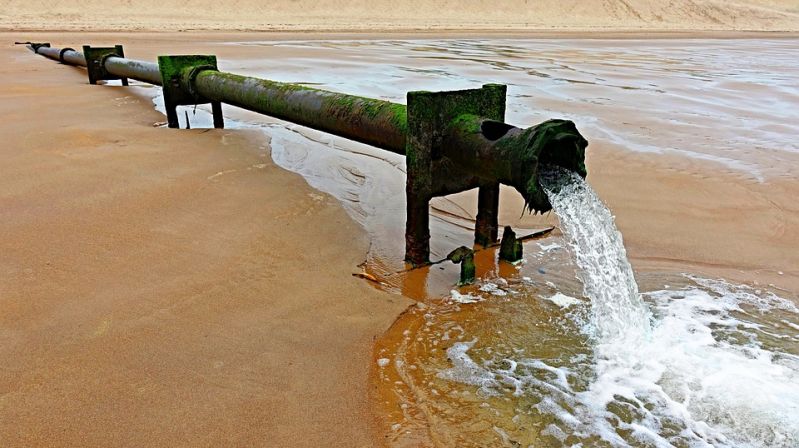Purple Bacteria Turns Human Waste into Clean Hydrogen Energy
Published on by Water Network Research, Official research team of The Water Network in Academic
The new method reduces carbon emissions and turns wastewater treatment plants into green generators, says Daniel Puyol of Spain’s King Juan Carlos University.
Interview by ResearchGate

Representative Image Source: Pixabay, labeled for reuse
A significant downside to wastewater treatment plants is their carbon footprint. Now, researchers have found a way to reduce carbon emissions from sewage and produce hydrogen energy at the same time. Their method uses purple bacteria and electrical currents to capitalize on the organic materials we flush down the toilet every day. This is why ResearchGate spoke with one of the study’s authors, Daniel Puyol of Spain’s King Juan Carlos University.
ResearchGate: What are purple bacteria, and where do you find them in nature?
Daniel Puyol: Purple phototrophic bacteria belong to the biggest and most diverse group of bacteria. All of them are photosynthetic, but unlike plants and algae, they use infrared light as the energy source for their metabolism. This gives them a color from brown to red—including purple.
The main feature of these fascinating organisms is their versatile metabolism. They can perform a range of metabolic reactions, making them a kind of metabolic Swiss army knife. For this reason, these organisms are ubiquitous in nature. However, their preferred environment is in bodies of water, mainly lakes. They’re also frequently found in wastewater treatment plants, which gives us a clue about their applications.
Read the full interview on ResearchGate
Media
Taxonomy
- Industrial Wastewater Treatment
- Waste Water Treatments
- Treatment Plants
- Wastewater Treatment
- Sustainability
- Wastewater Treatment Plant Design
- Water & Wastewater Treatment
- Waste Water Treatment
- Water Purification
- Carbon Emissions
- Carbon Footprint